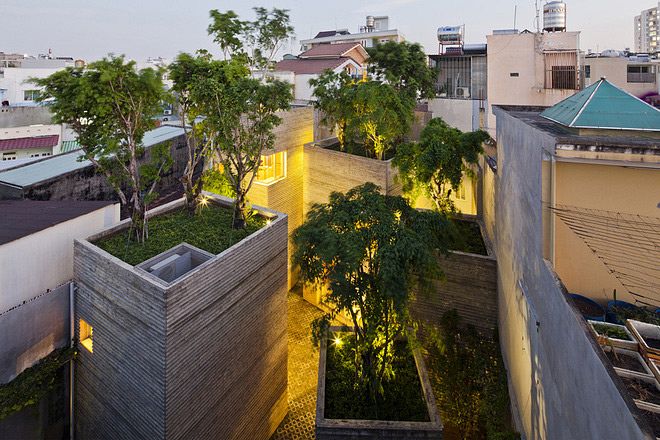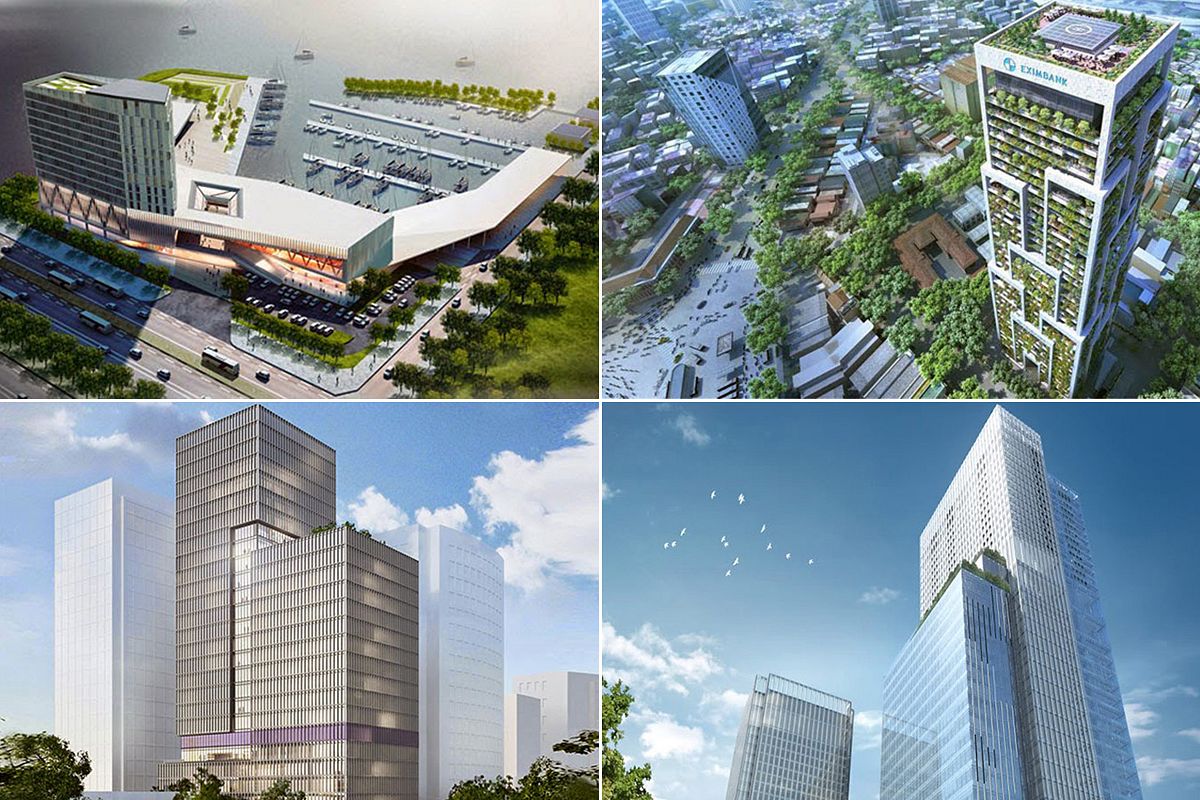While this season’s heavy flooding has been blamed on large storms and high tides, some experts have been pointing to unchecked urbanization as the culprit. A recent Thanh Nien article took a closer look at the causes and implications of Saigon’s sinking landscape and offered some possible solutions.
Researchers at the National University Ho Chi Minh City’s Geoinformatics Center found that many areas of HCMC are sinking at a rate of 20mm per year (!). The trend, which began in 1996, has been increasing steadily since 2004. Based on estimates from the city Department of Natural Resources and Environment (DNRE), “many parts will sink a further 12-20 centimeters by 2020.”
Oh, and it gets worse:
“Ho Phi Long, director of the Water Management and Climate Change Center, said many places in HCMC are sinking by 3 centimeters a year, three times faster than the sea-level rise.
“Higher tides are the impact of sea-level rise. The consequences are worse when the city is sinking,” he said.”
Those are some downright frightening figures.
Wells and over extraction of groundwater seem to be the leading cause of topographic degradation. DNRE revealed that there are more than 200,000 wells in HCMC extracting more than one billion liters of groundwater daily, “five times the volume envisaged in a plan approved by the prime minister.”
The link between over extraction and urban development are undeniable - Van Truong, former director of the Southern Institute for Water Resources Planning, said that in 1999 there were only 96,000 wells in the city.
“There are more than 100,000 additional wells now and alarming overexploitation of groundwater. Groundwater is declining, leading to the sinking of the surface.”
The picture gets even worse if you go by the Saigon Water Corporation’s claims that the true number of wells is much higher than 200,000.
But there may be hope because if there’s one thing Saigon has in excess, it’s rain (or beer, or karaoke bars, or…no, it’s rain). And one local man, Nguyen Viet Ky, a lecturer at the HCMC University of Technology, has successfully tested a system that uses it to lift degraded groundwater levels.
By collecting rainwater on the roof of a university building and pumping it into the ground, Ky said in the last year “he found the area’s groundwater level has increased by a meter.”
Ky believes that it is possible to replenish the groundwater layers by 12 – 60 meters per year using the method, more than enough to overcome the current 2 – 5 meter deficit.
“Rapid urbanization with its skyscrapers and villas offers roofs to collect rainwater to pump into the ground or use for other purposes like firefighting, watering plants, and human consumption,” he said.
While promising, Phan Minh Tan, director of the city Department of Science and Technology, said, “…there should be more studies… before it can be implemented widely.”
We’re not sure which is worse, the fact that the city is sinking or that it has some of the world’s worst air quality.
But hey, if it’s the former, at least we won’t have to spend money on expensive piers!
[Thanh Nien // Photo via ChiLam Ly]














